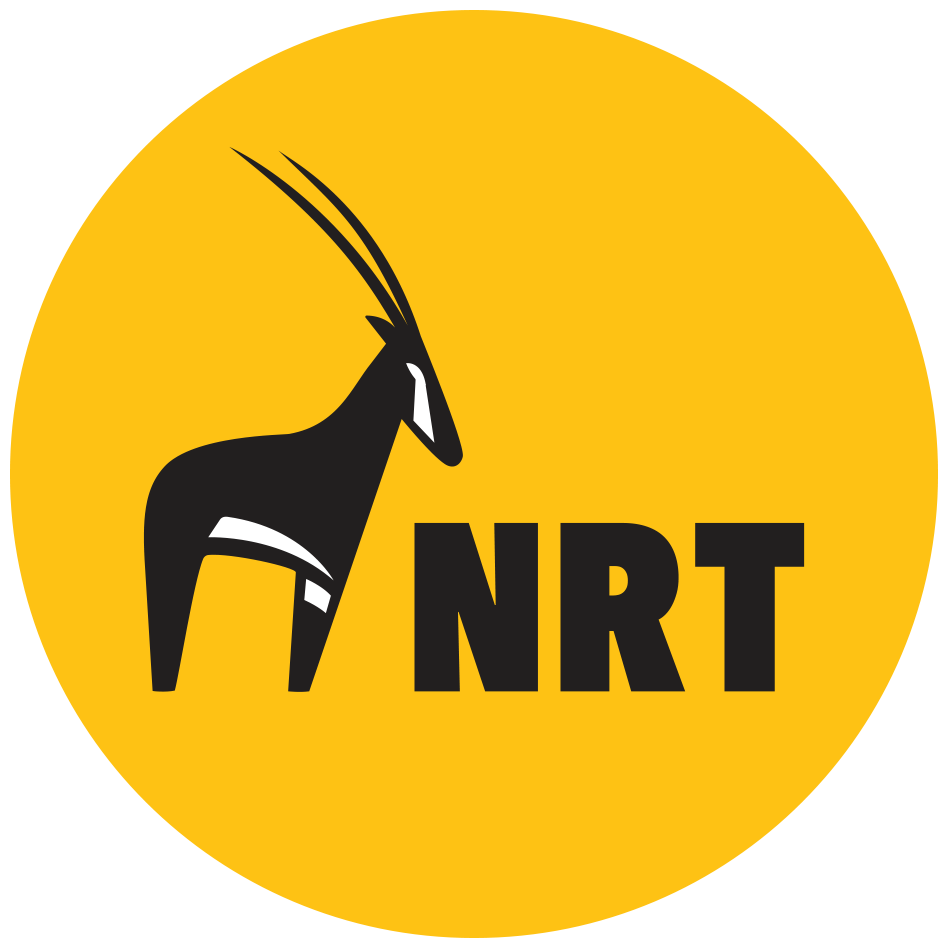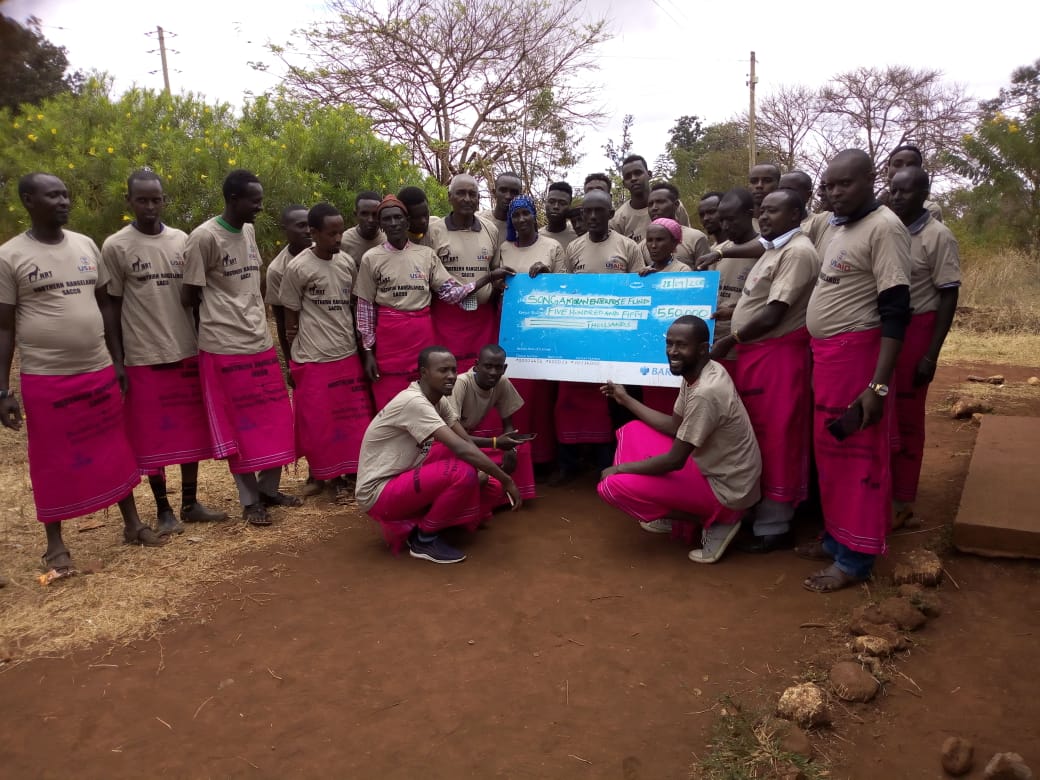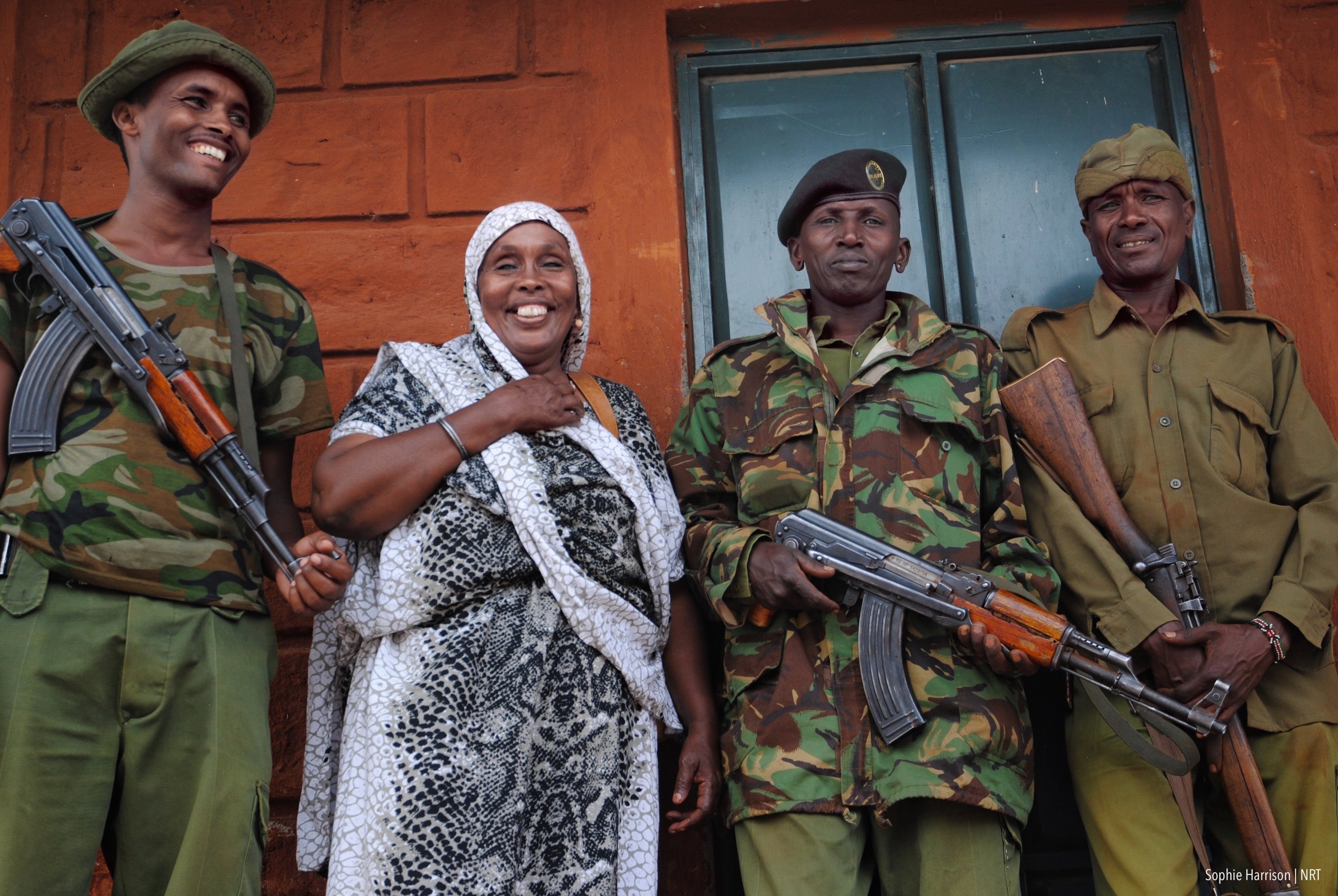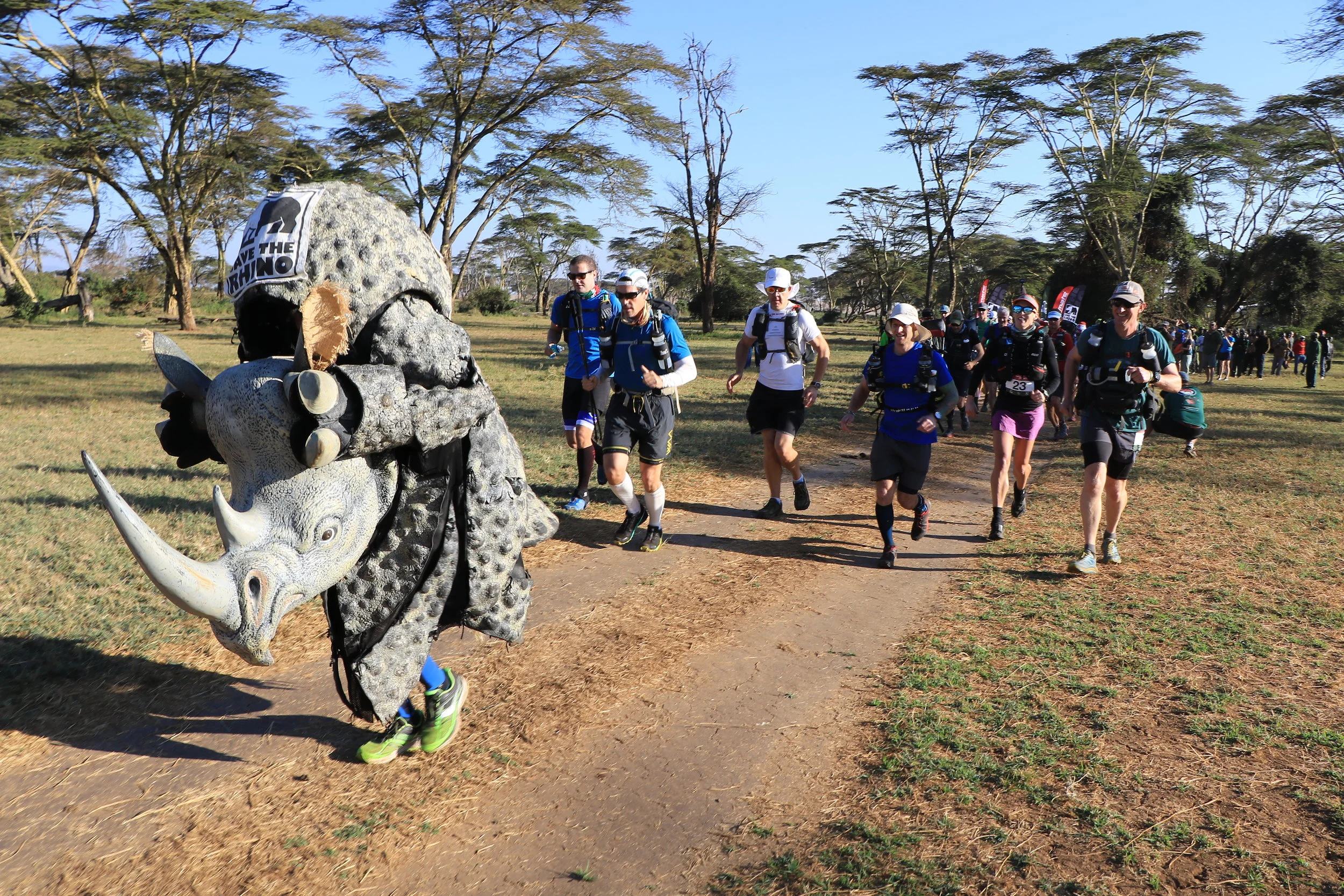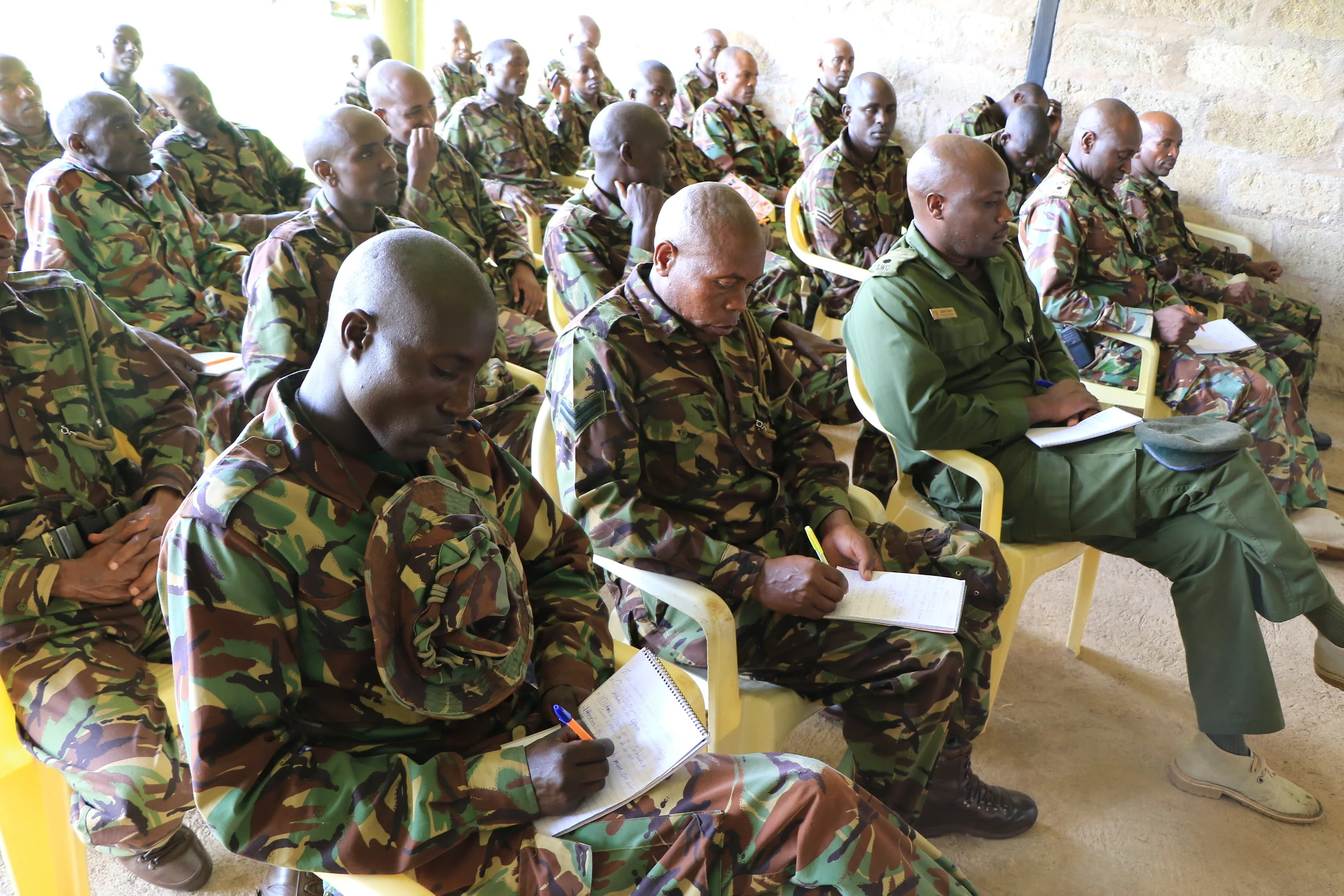Last year, we brought you #10women - ten stories from ten inspirational women in the conservancies. This year, we bring you #10morans - ten stories from ten young warriors in community conservancies who have moved away from conflict and started new businesses, become peace ambassadors conservation champions. These young men, statistically the most likely to be involved in frontline conflict and the least engaged in conservancy activities, are now influencing positive change among their peers and in their communities. Meet our first moran, Mbau.
Read MoreEarlier this week, NRT and Kalama Conservancy had the honour of hosting a delegation from the Royal Danish Embassy led by Her Royal Highness, Crown Princess Mary of Denmark.
Read MoreThese pioneering morans in Westgate Conservancy have partnered with NRT, The Nature Conservancy and Grevy’s Zebra Trust to trial a supplementary feeding experiment with some of their bulls. For these morans, supplementary feeding is a new concept. The question they had: How much weight might my bull put on if I fed him pellets in the evening on top of grazing? And would the value of this weight gain justify the cost of pellets?
Read MoreA recent aerial survey conducted with the support of Fauna & Flora International (FFI) shows a rise in the numbers of near-threatened oryx numbers in Nakuprat-Gotu Conservancy, which is thought to now hold 10% of Kenya’s oryx population.
Read MoreRuko Community Conservancy was formed over 10 years ago, bringing together two formerly-warring communities. Now, they are working together to conserve the Rothschild giraffe - their vision is to repopulate this area of Baringo County that once held significant numbers of this endangered species.
Read More“I hated seeing what the fighting did to our community- we could not do any business, there were many orphans and widows and our children did not even have teachers in their schools. I joined the board because I desperately wanted a better future for my community.”
Read More“Some of us used to sell charcoal, but we have learned about climate change. Burning charcoal creates a lot of smoke, which is bad for our health and the atmosphere. It also means we’re cutting down trees which are important for soil and rain. Our businesses don’t rely on harmful environmental practices like this.”
Read MoreIn early October, hundreds of women from different communities marched from Isiolo to Samburu County across the Ewaso River, raising awareness and support for promoting peace, and inspiring other women to get involved. NRT’s peace coordinator Josphine Ekiru was at the forefront, alongside Samburu County Commissioner John Korir and others.
Read More“I didn’t think I would manage, but I decided to try and I am glad I did. Now my children, especially my daughters, can look up to me and see that when challenges come, we should not shy away from them.” Meet Clementina and Josephine, rangers in Kalama Conservancy, in our 4th instalment of the #10Women series.
Read More“Our society is now changing and starting to see the value of women’s leadership. At first they would ask - how can a woman lead us? By my second term, I was elected unopposed because my work spoke for itself.”
Read MoreIn September, 22 young men from Songa Conservancy, Marsabit received a KES 25,000 business loan from NRT Trading, as part of the Moran Savings and Credit Cooperative (Morans SACCO) initiative, which aims to nurture businesses, stimulate economies, and promote peace in conservancies.
Read MoreJosephine is a Star Beader in Salamis Women’s Group, Melako Conservancy. They were one of the first to partner with the NRT Trading BeadWORKS business, and last year helped Melako Conservancy top the BeadWORKS revenue chart. Their business is not only earning them money, but increasing their engagement in conservancy affairs; making sure women’s voices are heard.
Read MoreThis tenth month of 2018, we’re all about the tenth UN Sustainable Development Goal - Reduced Inequalities. Throughout October, we’ll be featuring 10 stories from 10 inspirational women in community conservancies, working to promote social and economic inclusion for everyone in this changing landscape. First up, meet Helen Halake, vice chair of Jaldesa Community Conservancy in Marsabit, and an admirable peace champion.
Read MoreThis World Rhino Day, we celebrate Sera - the first community conservancy in east Africa (likely the whole of Africa) to establish a black rhino breeding sanctuary, and an instrumental chapter in the rapidly changing narrative of endangered species conservation in Kenya.
Read MoreWhat’s it really like at an NRT Trading LivestockWORKS market day? And how do you link sustainable grassland management to rewarding livestock markets for pastoralists in community conservancies?
Read MoreFor Rangers are a dedicated group of individuals who undertake ultra-endurance events across the globe to raise funds and awareness for rangers, who risk their lives daily to protect Africa’s endangered species. Their latest challenge - a five-day ultra marathon across five conservancies in north Kenya - covering a total distance of 220km in blistering heat and harsh terrain.
Read MoreMeet one of the first female drivers in an NRT member conservancy, find out about the marine rangers' new skills at NRT-Coast, and learn about how our radio initiative is reaching thousands of conservancy members from the Samburu, Gabra and Borana communities
Read MoreRangers in NRT member community conservancies work closely with the Kenya Police to protect wildlife and people. This collaboration has enabled security teams to work together with communities to have a landscape level impact on poaching, stock theft, and conflict – far greater than any one organisation could have alone. To this end, the Kenya Police College offered a ranger training session in August, for rangers from NRT conservancies, Lewa Wildlife Conservancy and Borana Conservancy.
Read MoreOn the 16th of August 2018, black rhino Naitamany gave birth to her second calf in the Sera Rhino Sanctuary. Her birth brings the total black rhino population in Sera to 14, and the Sanctuary continues to be a model for community-led endangered species conservation efforts in Kenya.
Read More